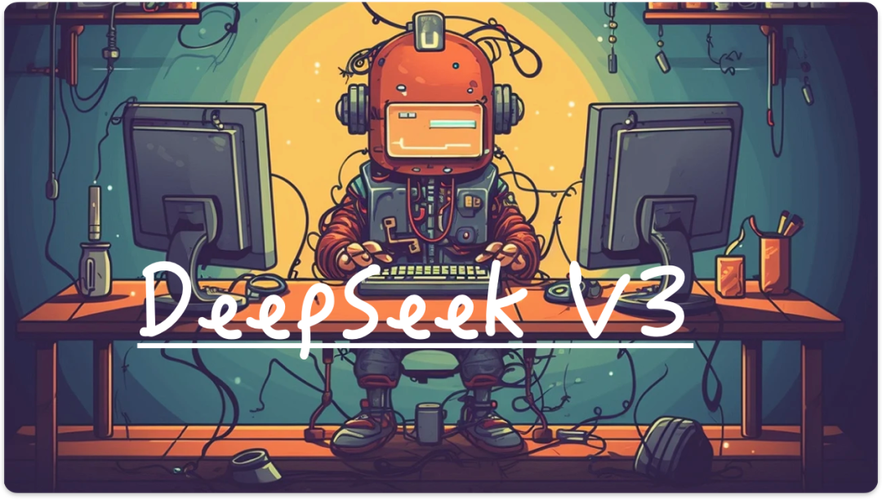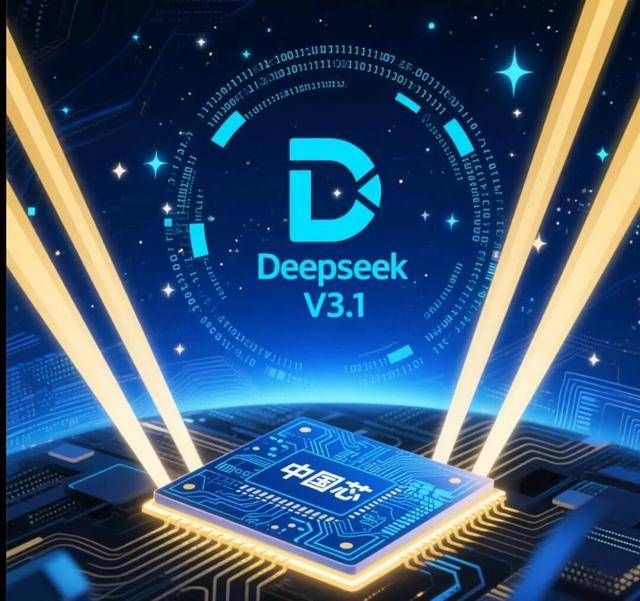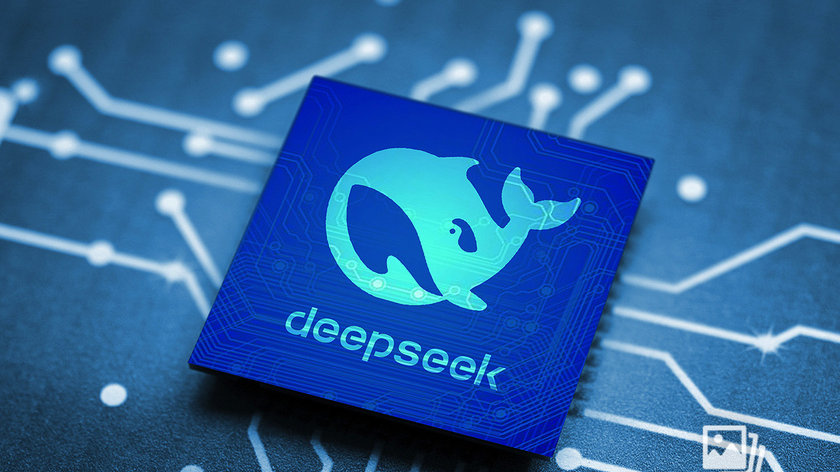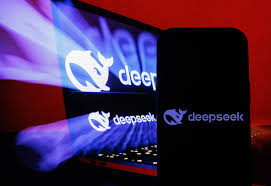DeepSeek R1 API Guide: How to Code with the Most Powerful Open-Weight Model of 2025
DeepSeek R1 is making waves in the AI world, not just for its massive 671B parameter scale, but also for its developer-accessible architecture and open model weights. If you're a developer, engineer, or AI enthusiast looking to use DeepSeek R1 via API—whether locally or over a self-hosted cloud setup—this is your ultimate coding guide.
DeepSeek's models are described as "open weight," meaning the exact parameters are openly shared, although certain usage conditions differ from typical open-source software.[17][18] The company reportedly recruits AI researchers from top Chinese universities[15] and also hires from outside traditional computer science fields to broaden its models' knowledge and capabilities.[12]
Table of Contents
-
Introduction: What is DeepSeek R1?
-
DeepSeek R1 API Access – What Exists & What Doesn't
-
Local Deployment Options (GGUF, GPTQ, HF Transformers)
-
Building a Local DeepSeek R1 API
-
Sample Python Code for RESTful API
-
Frontend Integration (React, JS, Python CLI)
-
Using Ollama to Serve DeepSeek via API
-
Running R1 on Linux/Mac with llama.cpp
-
Prompt Engineering Tips for R1
-
Comparing DeepSeek R1 vs OpenAI GPT API
-
Use Cases: Coding, Chatbots, Content, Agents
-
Performance Optimization for API Hosting
-
Advanced Features: Streaming, MoE Control, Token Limits
-
DeepSeek-Coder vs DeepSeek-R1 API
-
Multi-user API Design
-
Auth, Rate Limiting, and Billing
-
Hosting on Cloud (AWS, GCP, Hetzner)
-
Security Considerations
-
Roadmap for Production-Ready API
-
Final Thoughts + Bonus Scripts
1. Introduction: What is DeepSeek R1?
DeepSeek R1 is a Mixture-of-Experts (MoE) large language model with:
-
671 billion parameters
-
Only 37B active per token (efficient)
-
Support for 128,000 token context
-
Open-source availability on platforms like Hugging Face
-
Released in GGUF, GPTQ, and HF Transformer formats
It's ideal for advanced LLM applications and supports local deployment with API interfaces.
2. DeepSeek R1 API Access – What Exists & What Doesn't
As of 2025, DeepSeek R1 does not offer an official hosted public API like OpenAI.
But you have two major options:
| Option | Description |
|---|---|
| Self-hosted API | Deploy DeepSeek R1 locally or on the cloud, then expose an API endpoint |
| Ollama/LM Studio + local server | Run with built-in REST API support or wrapper tools |
3. Local Deployment Options
DeepSeek R1 supports multiple inference formats:
-
GGUF (for
llama.cpp, fast, low RAM) -
GPTQ (GPU quantized, for RTX 2060–4090)
-
HF Transformers (for full model deployment, >48GB VRAM)
4. Building a Local DeepSeek R1 API
Let’s say you’re using GGUF + llama.cpp, and want to build a REST API.
🛠 Requirements:
-
Python 3.10+
-
llama-cpp-python -
Flask or FastAPI
-
DeepSeek R1 GGUF model (Q4_K_M recommended for local use)
5. Sample Python Code for RESTful API
python
from flask import Flask, request, jsonifyfrom llama_cpp import Llama
# Load the DeepSeek R1 modelllm = Llama(model_path="./deepseek-r1.gguf", n_gpu_layers=50)
app = Flask(__name__)@app.route("/generate", methods=["POST"])def generate():
data = request.get_json()
prompt = data.get("prompt", "")
response = llm(prompt, max_tokens=300) return jsonify(response)if __name__ == "__main__":
app.run(port=5000)
🔧 Run locally:
bash python api_server.py
Then POST your prompt:
bash
curl -X POST http://localhost:5000/generate \
-H "Content-Type: application/json" \
-d '{"prompt": "What is DeepSeek R1?"}'
6. Frontend Integration (React, JS, CLI)
You can consume your DeepSeek API from:
-
JavaScript fetch:
js
fetch('/generate', { method: 'POST', headers: { 'Content-Type': 'application/json' }, body: JSON.stringify({ prompt: 'Explain MoE in DeepSeek' })
})
-
Python CLI tool:
python
import requests
res = requests.post('http://localhost:5000/generate', json={'prompt': 'Hello DeepSeek'})print(res.json())
7. Using Ollama to Serve DeepSeek via API
Ollama simplifies everything:
bash ollama pull deepseek-coder ollama run deepseek-coder
Then query the local API:
bash
curl http://localhost:11434/api/generate -d '{
"model": "deepseek-coder",
"prompt": "Write a Python function to calculate factorial",
"stream": false
}'
✅ Why Use Ollama?
-
Built-in HTTP API
-
Supports GGUF & GPU inference
-
Multi-platform support (macOS, Linux, Windows WSL)
8. Running R1 on Linux/Mac with llama.cpp
bash git clone https://github.com/ggerganov/llama.cppcd llama.cpp make LLAMA_CUBLAS=1 ./main -m deepseek-r1.gguf -p "Explain how transformers work"
You can also use:
-
serverbinary in llama.cpp for multi-user API -
text-generation-webuifor browser-based GUI + API access
9. Prompt Engineering Tips for R1
-
Keep system prompts clear:
"You are a helpful assistant with deep technical knowledge." -
Use few-shot examples for better results
-
Chain-of-thought prompting works well with R1
-
Use token limit carefully (avoid 128K unless you have 48GB+ RAM)
10. Comparing DeepSeek R1 vs OpenAI GPT API
| Feature | DeepSeek R1 (Local) | OpenAI GPT (Cloud) |
|---|---|---|
| Cost | Free (local) | $$$ pay-per-token |
| Privacy | Full control | Logged by OpenAI |
| Speed | Depends on GPU | Very fast (cloud) |
| Context Length | 128K | 128K (GPT-4-turbo) |
| Customization | Full (fine-tuning) | Limited |
| Offline Use | ✅ Yes | ❌ No |
11. Use Cases
You can use the DeepSeek API to power:
-
Chatbots
-
Coding assistants
-
Text summarizers
-
Agents using LangChain or AutoGen
-
Writing tools (eBooks, SEO, education)
12. Performance Optimization
-
Use quantized GGUF (Q4_K_M or Q5_1)
-
Load
n_gpu_layers=50to balance GPU usage -
Use batch inference for faster serving
-
Consider
llama.cpp serverwith caching
13. Advanced Features
| Feature | Supported in R1? |
|---|---|
| Token streaming | ✅ (via llama.cpp or Ollama) |
| Mixture-of-Experts | ✅ Automatically handled |
| Function calling | ❌ Not built-in |
| Multi-turn memory | ✅ via custom context chaining |
| Fine-tuning | ✅ via LoRA / PEFT |
14. DeepSeek-Coder vs DeepSeek-R1
| Model | Best Use Case | VRAM Needs |
|---|---|---|
| DeepSeek R1 | General-purpose LLM | 16–48GB+ |
| DeepSeek-Coder | Code generation | 6–12GB |
15. Multi-user API Design
If multiple users need access:
-
Use FastAPI + JWT tokens
-
Add request logging, token counters
-
Deploy behind NGINX + Gunicorn
-
Set usage limits per token or user
16. Auth, Rate Limiting, and Billing
Integrate:
-
Stripe for billing
-
Firebase Auth / Auth0 for user control
-
Redis for rate limits
-
Webhook monitoring with Prometheus + Grafana
17. Hosting on Cloud (AWS, GCP, Hetzner)
Recommended specs:
| Cloud Provider | Recommended VM | Notes |
|---|---|---|
| AWS | g5.xlarge (A10 GPU) | ~$1/hr |
| GCP | A100 40GB | Expensive but fast |
| Hetzner | GPU CX42 (RTX 4090) | Best budget GPU cloud |
18. Security Considerations
-
Use HTTPS + reverse proxy
-
Sanitize prompts from user input
-
Limit token max to prevent overload
-
Never expose raw model ports to the public
19. Roadmap for Production-Ready API
-
✅ Run inference with llama.cpp or Ollama
-
✅ Build REST API with Flask or FastAPI
-
✅ Add auth and logging
-
✅ Containerize with Docker
-
✅ Deploy to cloud and scale
-
✅ Set up monitoring & analytics
-
✅ Add client SDK (Python, JS)
20. Final Thoughts + Bonus Scripts
With DeepSeek R1, developers have unprecedented access to a powerful model without per-token pricing or proprietary limits. By setting up your own API, you gain:
-
Full control
-
Customization power
-
Privacy and security
-
Freedom to monetize or experiment
Whether you're building a chatbot, coding assistant, or LLM-powered SaaS, DeepSeek R1 is the future-proof tool you need in your stack.









